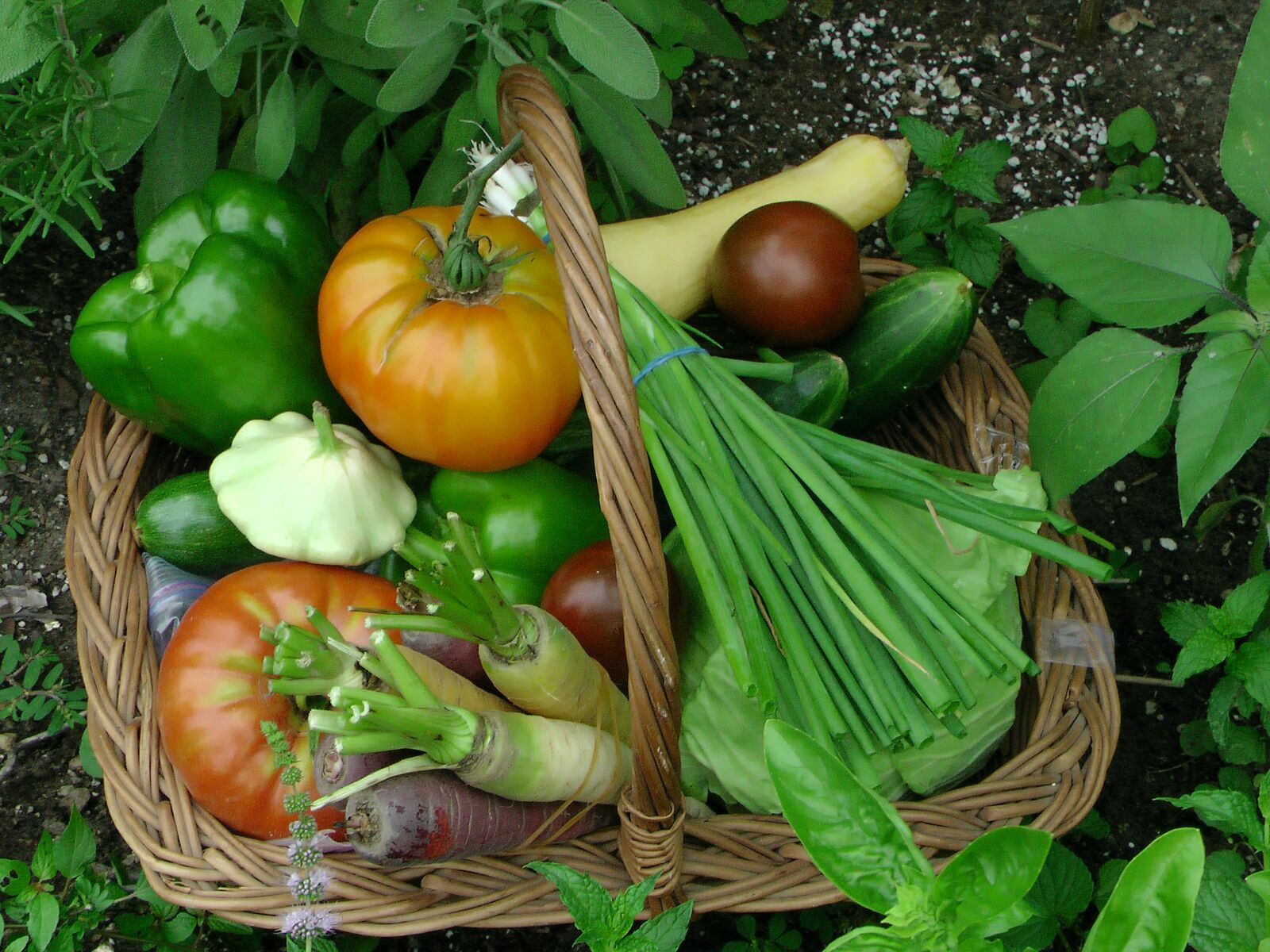Your path to a self-sufficient garden
Forms of self-sufficiency
Even though more and more people are dreaming of having their own self-sufficient garden, there are different forms and levels of self-sufficiency. For some, the term "self-sufficient" means someone who lives completely self-sufficiently and supplies themselves with food, water and electricity. For others, it means "only" growing food such as animal products, grains, fruit, vegetables and herbs. But you shouldn't underestimate how much time, space and knowledge such an undertaking requires.
Planning garden work and creating beds
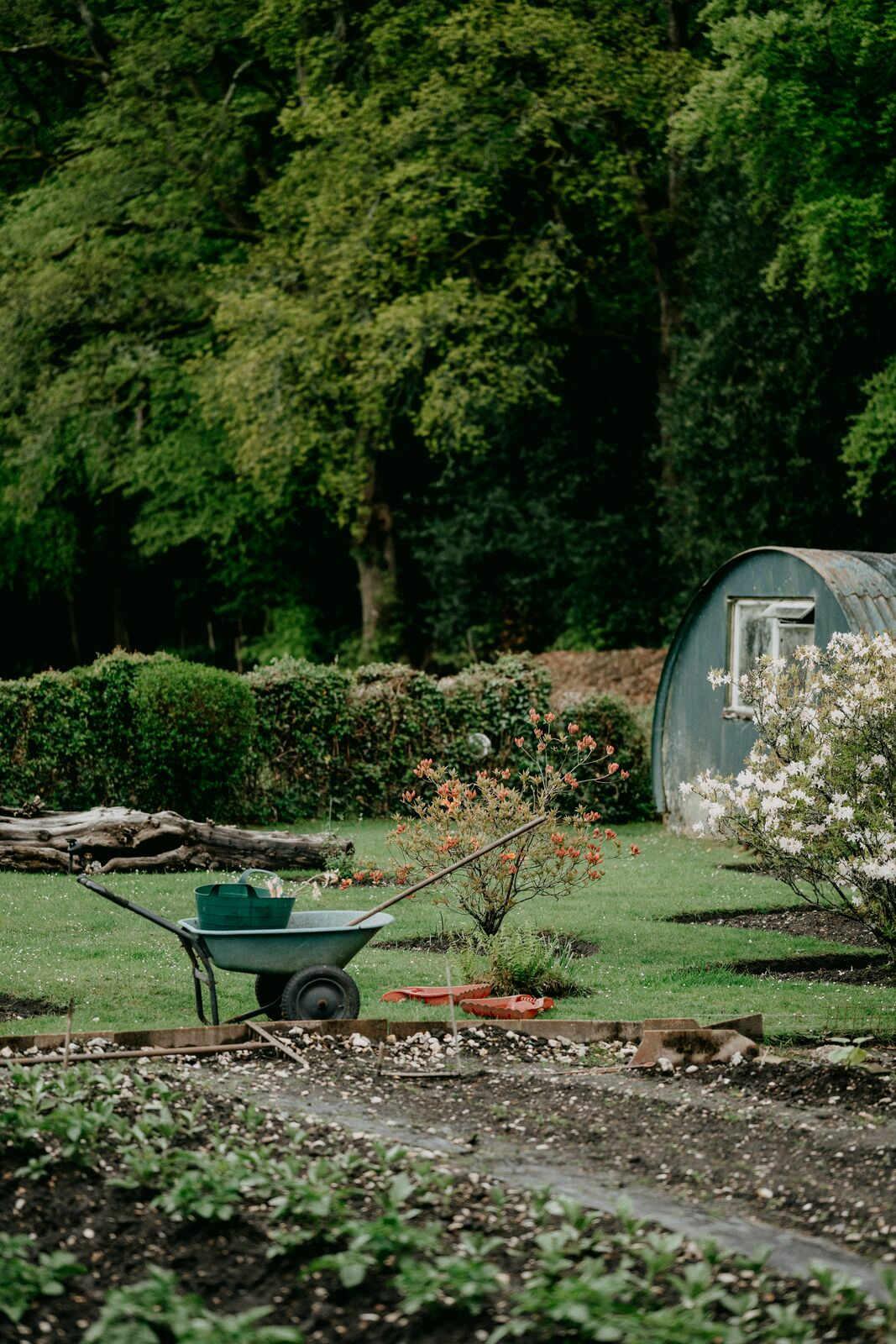
Here is a guide on how to provide yourself with vegetables all year round. This requires much less space, time and natural resources than growing feed for animals. Nevertheless, you should not underestimate vegetable growing. Self-sufficiency is not a project that can be decided on and implemented in one day or even one year. It makes much more sense to limit yourself to a few varieties or a smaller area at first, depending on your experience in vegetable growing. This will give you a better idea of how much you can manage in terms of time. Over time, you can always grow more and expand your garden. The first step is to be clear about the motivation and goal of your own self-sufficient garden. In the best case scenario, you will have fresh, aromatic and healthy vegetables all year round and save yourself a trip to the supermarket.
Goals can be:
- to try out unusual varieties (which are otherwise expensive or difficult to obtain)
- to cover most of your calorie requirements with your own vegetables
- to be able to harvest vegetables from the garden all year round The final choice of variety should be based on what you like to eat and also be suitable for your location (soil, light exposure, climate).
Space and time required for beds
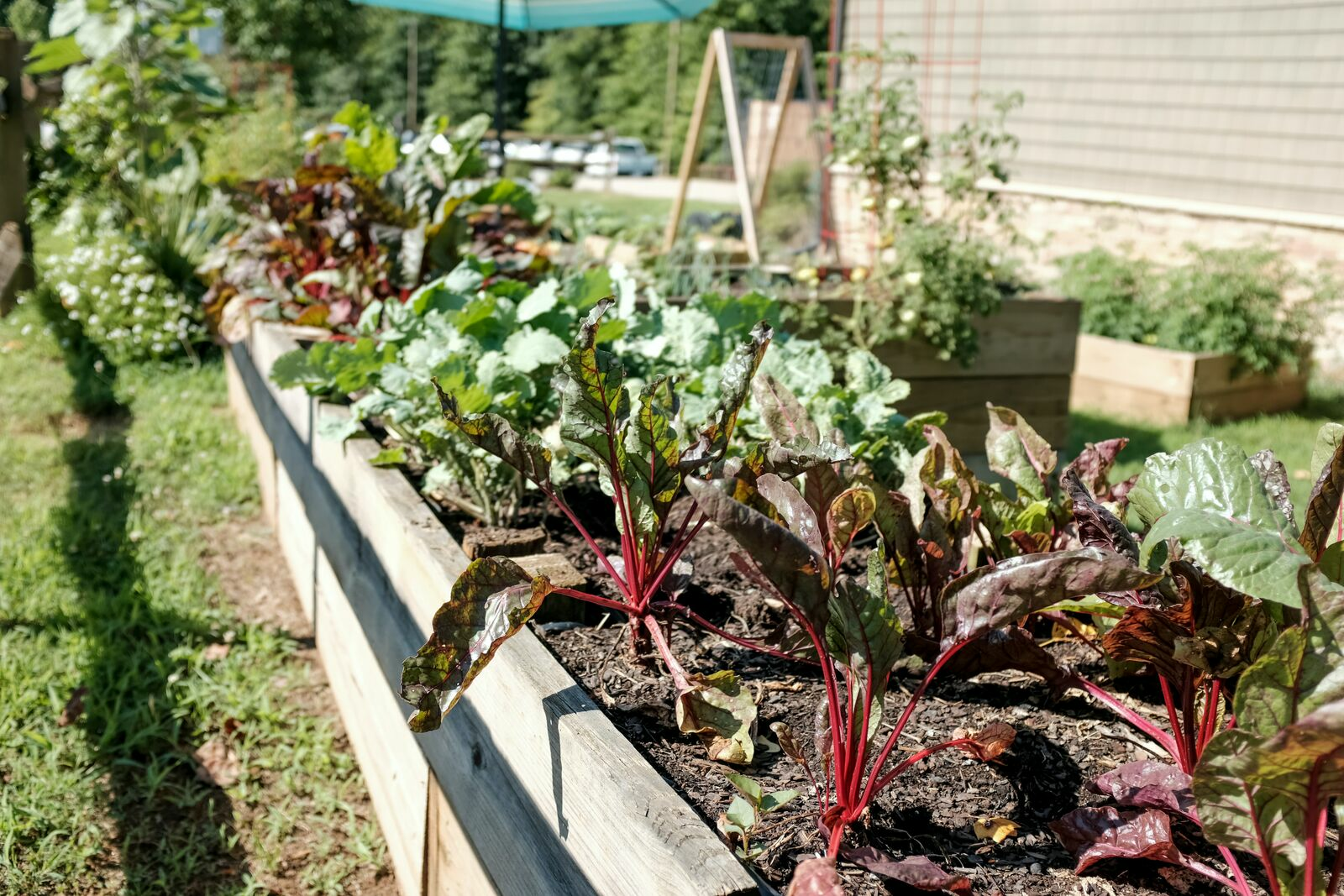
The area required and the time needed can vary greatly depending on the crop. Roughly speaking, you can expect 250 to 300 m2/299 to 258 yd2 for a four-person household. With this amount of space, it is possible to grow crops all year round. The time required depends on how your garden is laid out, which crops you grow and, above all, the area. However, it is not possible to give a blanket answer. It's best to record how many kilograms of vegetables you buy and use over the course of a year. That way, you can be clearer in advance about how much space, vegetables and time you need. As a self-caterer, you will need to rely more on stored and canned vegetables in winter, which also requires time and space.
Self-sufficiency throughout the year
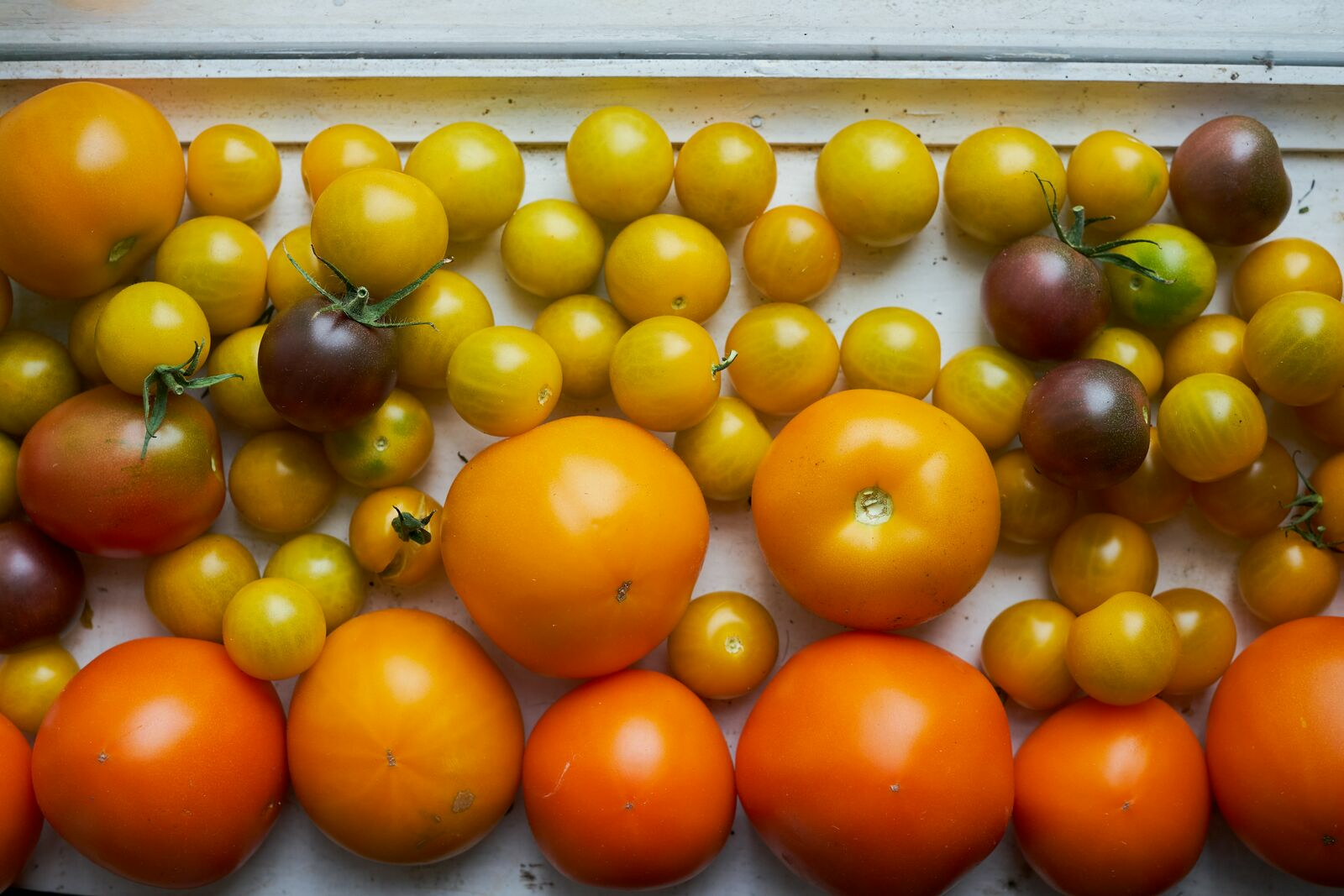
Even if it's not just April that goes crazy in some years, you can still use the seasons as a guide for most gardening work. Experience and an eye on frost, temperature and rainfall are also good indicators.
- In spring: Pre-sowing or direct sowing with seed-resistant organic seed, for some crops it is worth sowing in sets
- In summer: Watering is best with collected rainwater, as the temperature and light intensity are at their highest, the fruits ripen
- In fall: Main harvest time, so also store and preserve a lot, also think about sowing for winter vegetables now
- in winter: now leeks, lamb's lettuce and cabbage are in the bed, otherwise you rely a lot on your preserved vegetables and plan the next garden year
Preserving vegetables
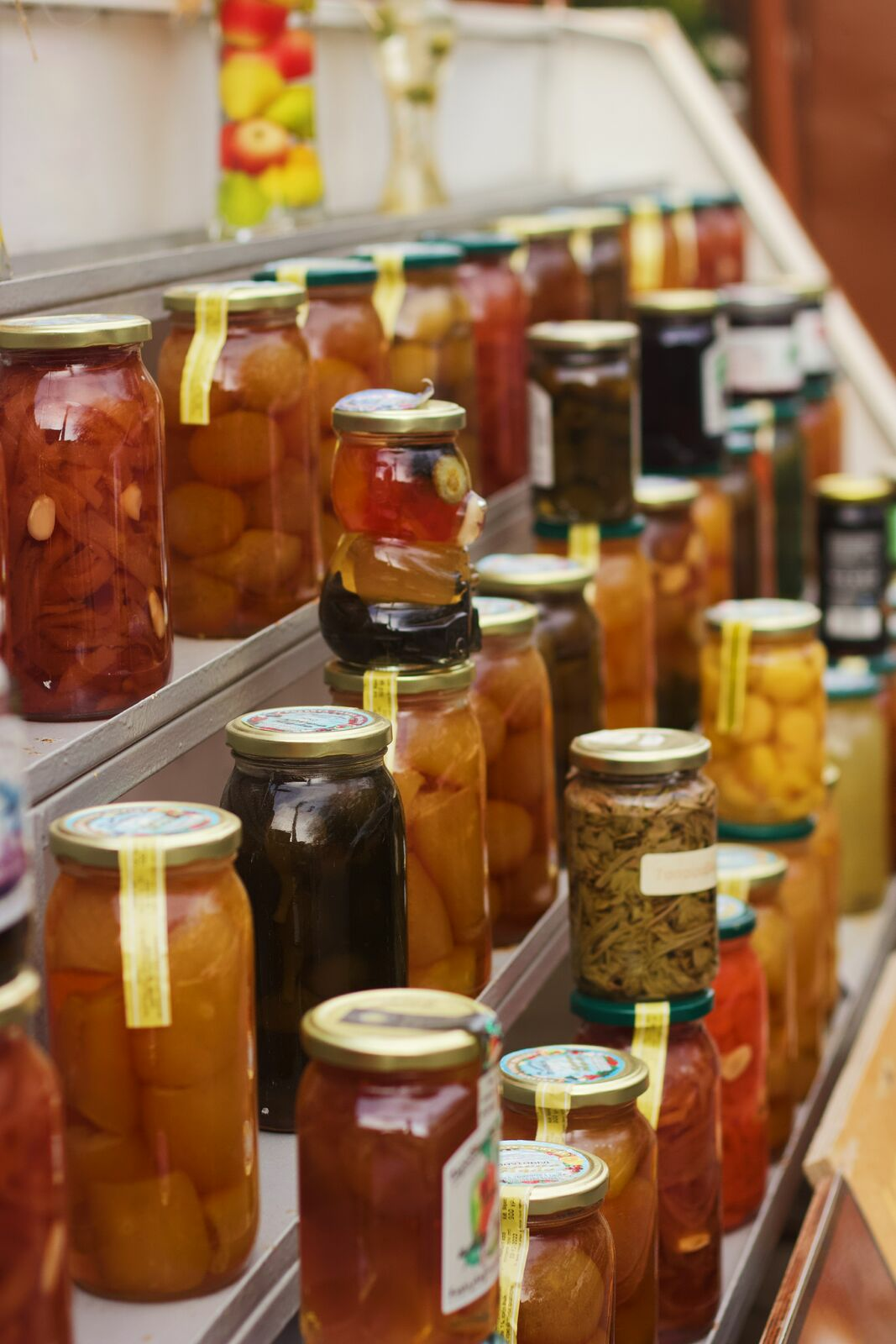
Different types of vegetables ripen in different months and differ in terms of water content and consistency. On the one hand, there are harvest peaks when you harvest more from the garden than can be eaten and processed at the moment. On the other hand, there are also months when there is hardly anything going on in the garden. For these reasons, storing and preserving vegetables and other plants plays a particularly important role for all self-sufficient people. Depending on the harvest, your options are:
- freezing
- jellies, jams and syrups
- chutneys
- drying
- pickling or preserving (with salt or vinegar) Vegetables such as potatoes, onions and carrots are also suitable for storing.
